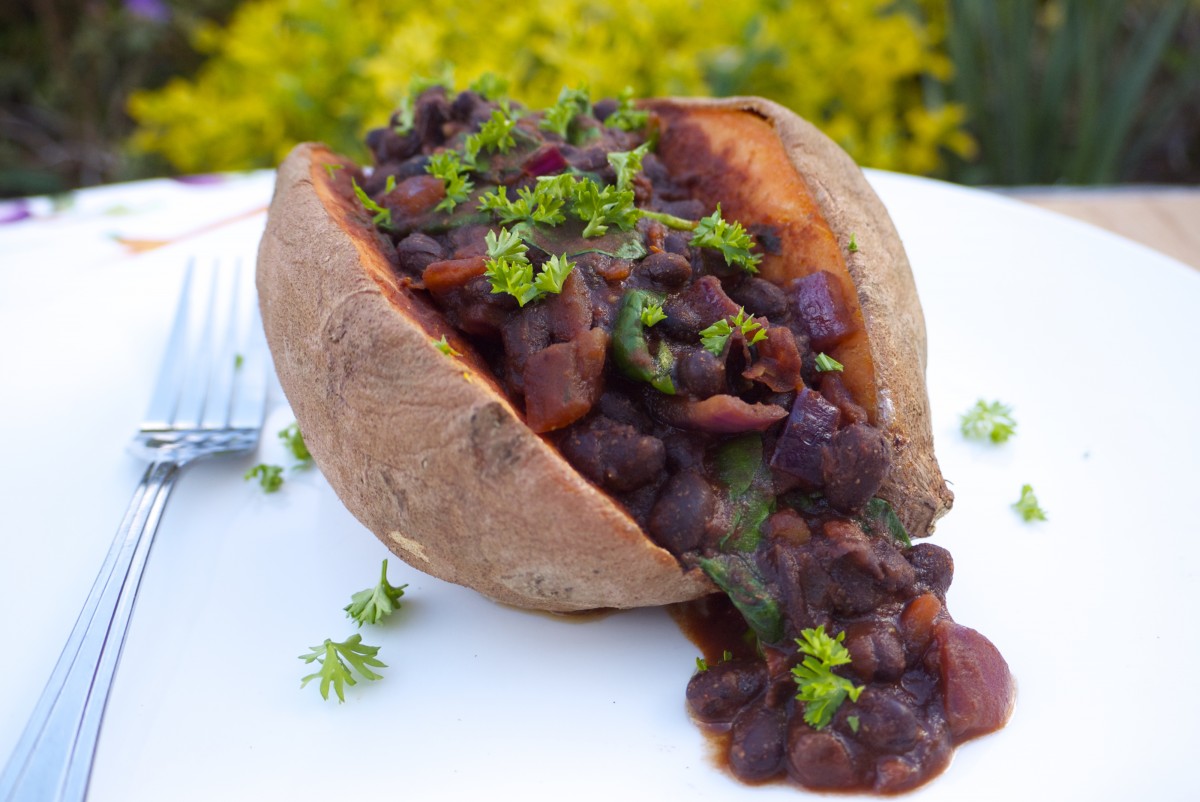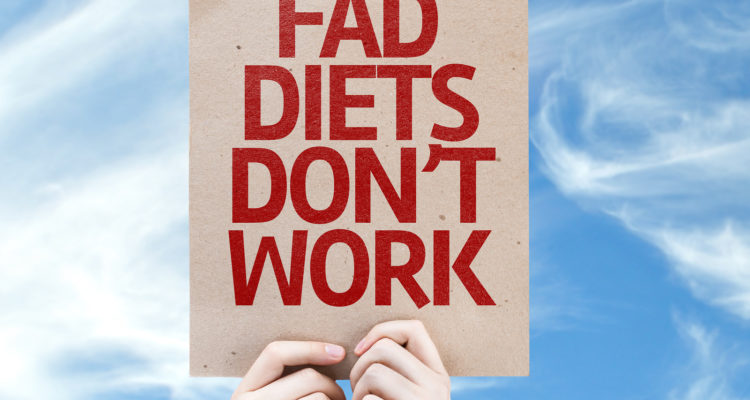
Hi everyone!
I’m so often asked about the quickest way to shed pounds in a week or two before a holiday, wedding or big event. You book a holiday, get really excited about it, go bikini shopping the week before you’re set to jet off… and then panic! Any of that sound familiar? I have definitely been there.
And while I’m all for embracing our individual shape and focusing on health over aesthetics, a boost of self-confidence for when you hit the beach is always welcome!
A few days of eating healthy unprocessed foods plus drinking plenty of water can definitely help to prep your tummy for hols as you’re just helping your body to shift any stored water retention.

But in the long term, those restrictive diets simply don’t work. Here’s why:
Yo-Yo Dieting
You may have heard about yo-yo dieting already, in which the dieter finds themselves on a constant roller coaster of weight loss, gain and then often gaining back even more than they originally weighed. It’s a constant, stressful and soul-destroying cycle.
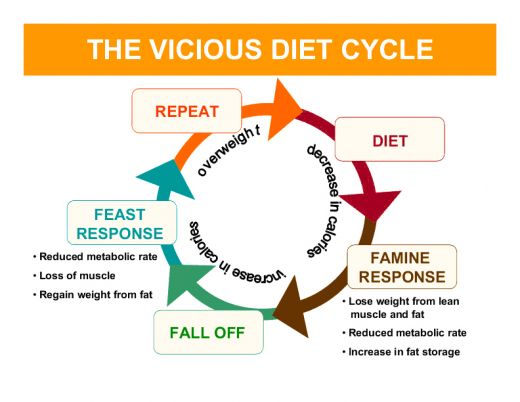
The set-point theory may explain why dieters may end up exceeding their original weight with rebound overeating….
The ‘set-point’ is the weight that your body tries to keep at a steady level by regulating the amounts of food and calories eaten. Research shows us that each person’s weight has a programmed ‘set point’ weight, controlled by your individual fat cells. When the fat cell begins to shrink as the person diets, it sends a strong message to the brain, telling it to eat high-energy foods immediately as the body is facing a starvation state.
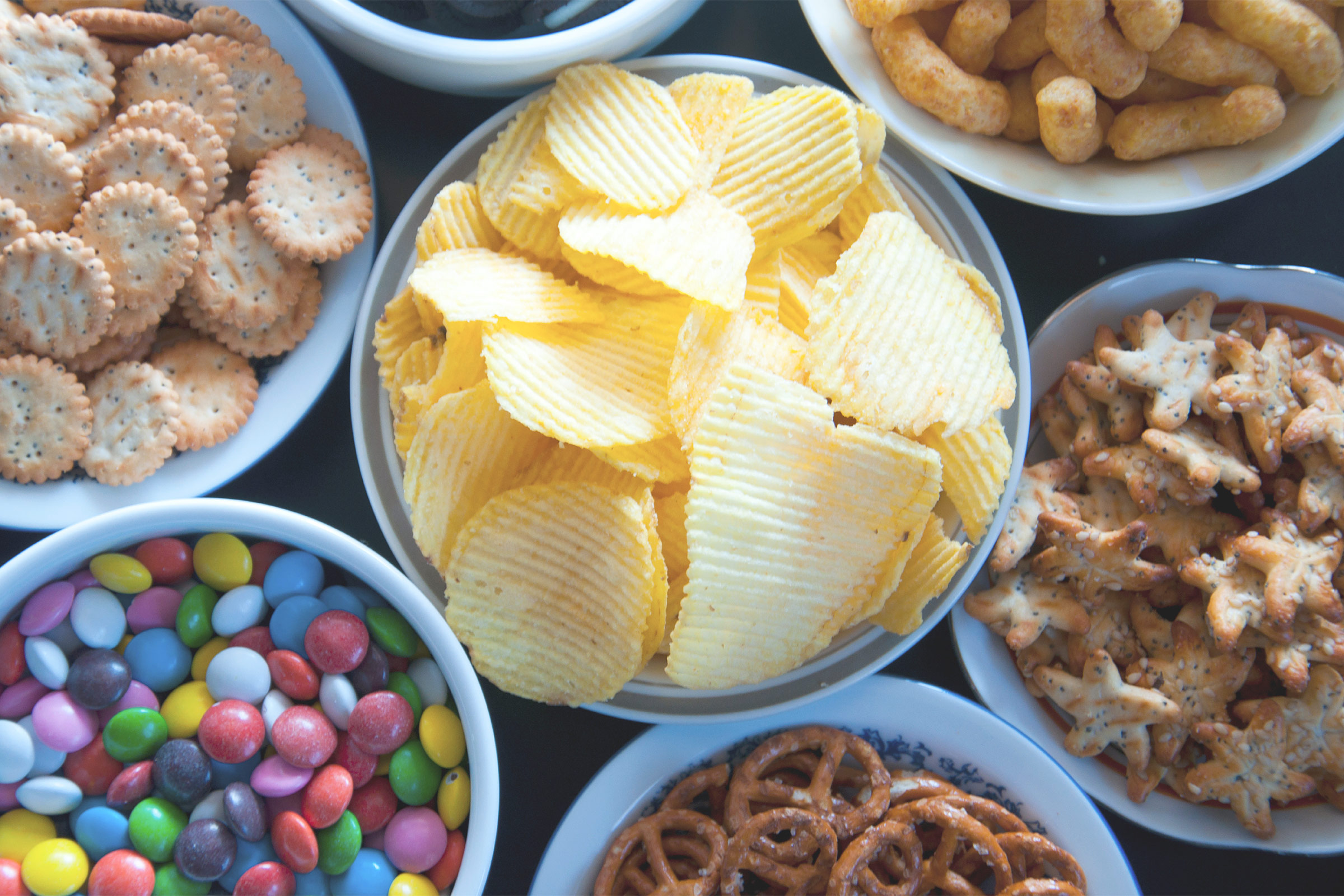
Since an already overweight or obese person tends to have a greater volume of larger fat cells, they may receive an almost overwhelming urge to eat.
Rebound Eating:
The set-point is yet another explanation as to why calorie-restricting diets don’t work, and certainly not in the long-term. A person determined to lose weight is able to use sheer willpower in the short term to fight off the urge to eat what they normally do, but the impulse finally becomes too powerful to fight off. What follows is ‘rebound eating’, and the person frequently ends up gaining more weight than before.
This re-programmes their set-point to an even higher level, making future weight loss even tougher and forcing them to eat even less food when they do attempt to lose weight again.
Has that ever happened to you? I’ve done some ridiculous fasting diets in the past, out of both curiosity and the desire to shift a few pounds before a big shoot or red-carpet event. But each time I’ve ended up binging on food afterwards and gaining more weight back, which then becomes harder to shift. So I can completely understand how frustrating it becomes!
The Set-Point and Insulin:
The set-point is also connected to your fat cell insulin sensitivity. Insulin levels are such an intrinsic part of weight loss and gain.
Understand insulin, its purpose and triggers, and achieving your ideal weight becomes so much clearer and achievable. Obesity leads to our fat cells losing their sensitivity to insulin, and losing the weight is thought to reverse this.
Insulin is produced by the pancreas in response to a rush of sugar into your blood after eating sweet foods like refined sugar and processed carbs, and it speeds up the rate that blood sugar from the foods we’ve eaten is absorbed by all of your body cells.
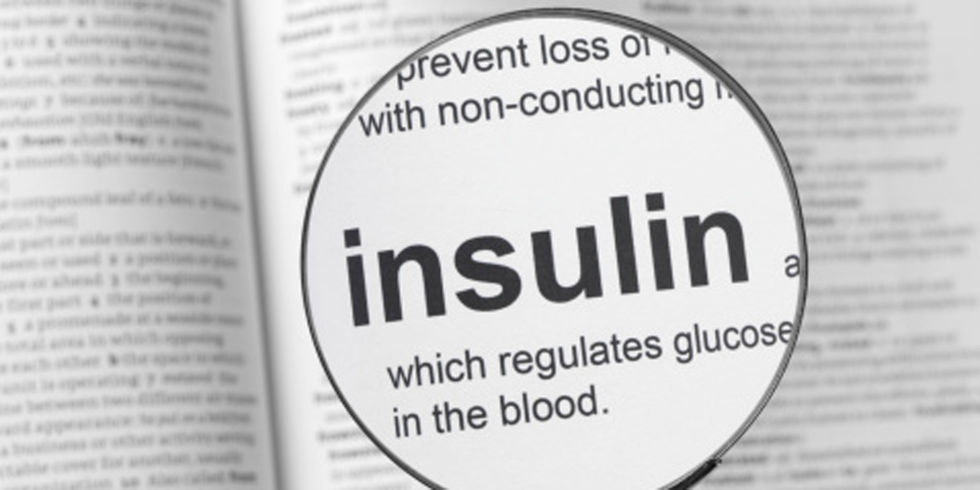
But when your cells grow insensitive to insulin, your ability to burn fat for energy is greatly reduced and that may make weight loss extremely tough. When your fat cells are pumped up with fat, your body is told to produce even more fat cells by insulin.
If an overweight person loses fat, each of their fat cells shrink, but the amount of them will never decrease naturally. So the set-point of a person’s fat cells pre-determines them to be heavier, and raises their chances of gaining weight again after losing it.
So What’s The Answer?
The big secret to overriding the set-point in your fat cells, is to increase your insulin sensitivity to enable fat stores to be burnt for energy.
Fibre, Fibre, Fibre:
How do we do this? Regular exercise, a high-fibre, whole-foods diet full of veggies, fruit, beans and legumes, nuts and seeds and trying to avoid insulin-triggering foods and drinks like refined sugar, alcohol, white flour, fruit juice, chips, crisps and other junk foods.
